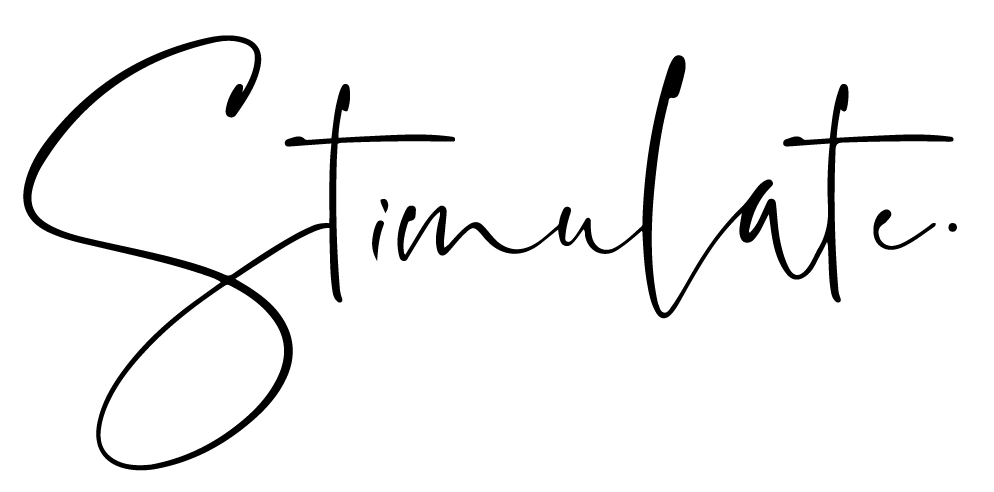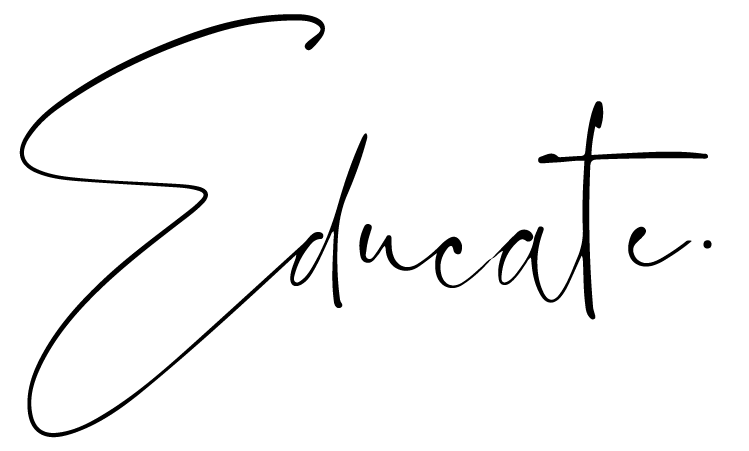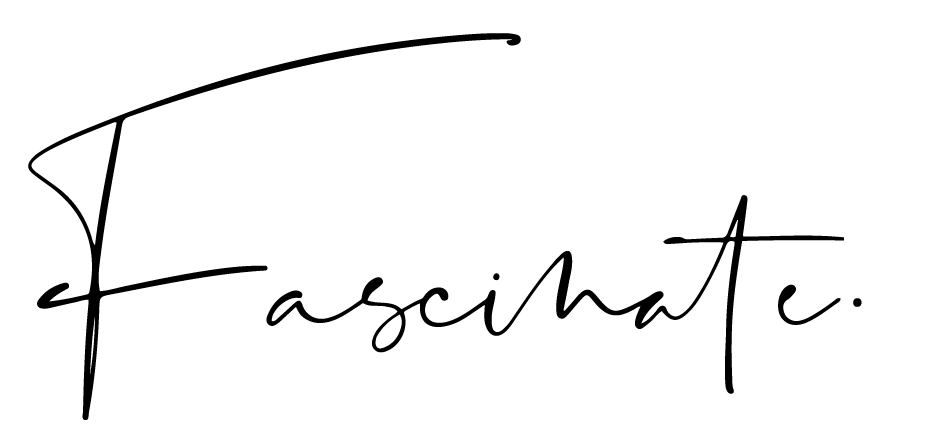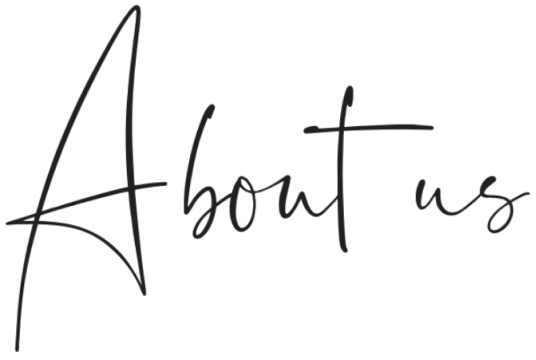
Wilde Iris meets at the intersection of science and style: a clothing collection of wonder-wear (as we like to call it) that supports children's cognitive development and progresses in line with the age and stage of their maturing eyes.
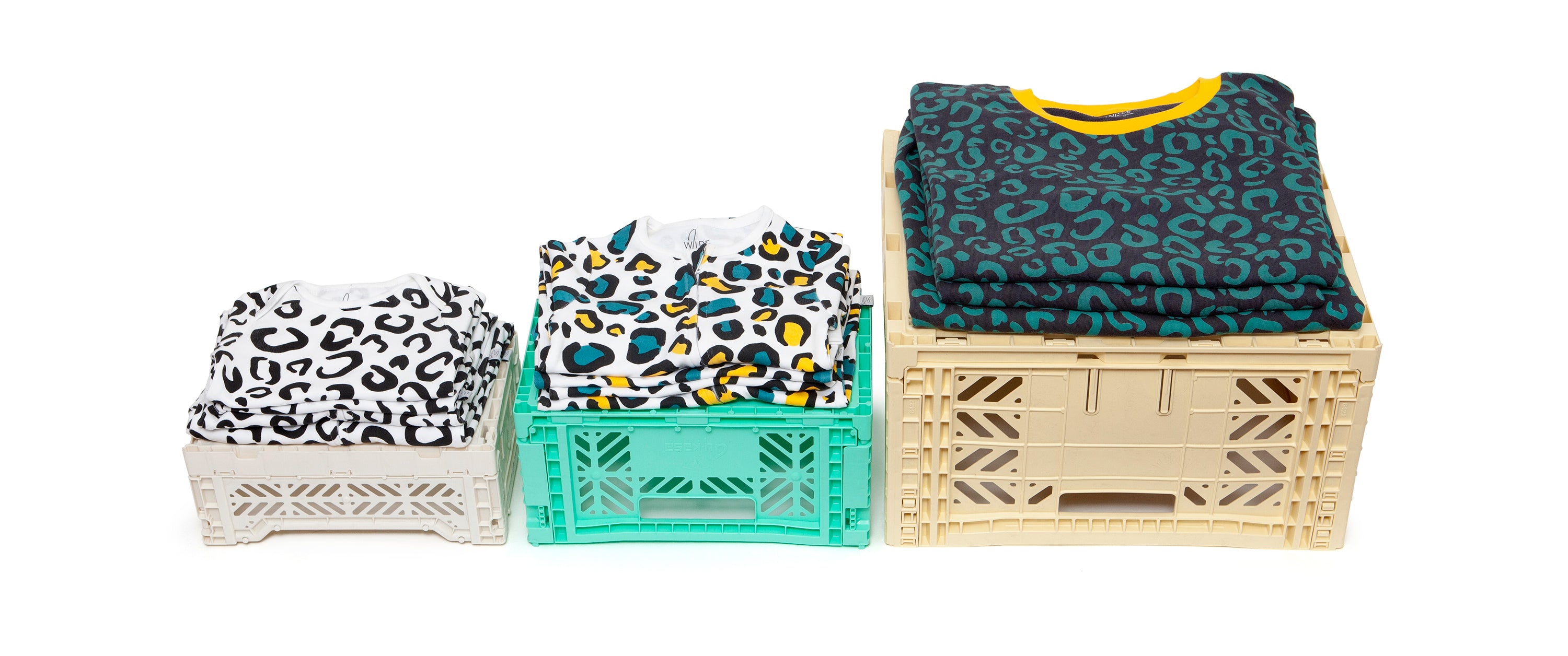
Created by two mums, in the midst of a global pandemic, we have three core values which have guided us throughout the process of designing and developing our sensory clothing collection:
Introducing Us
Hi, I’m Zoe. Mummy to Lily. Before having Lily I was unaware about the critical developmental stages babies eyesight goes through as they learn to see the world. When Lily was born she became fascinated by bold, dark shapes and patterns which were in her nearby surroundings. As a (self-diagnosed) high needs baby, black and white items became essential assets to keep Lily entertained either at home or on the move (and also meant I could have a break from the constant bouncing and rocking I was doing to keep her calm…!). It was truly fascinating to see the fixation and curiosity on her face when she was looking at high contrast colours and patterns, you could tell she was studying every single area and was so intrigued it meant she was completely distracted whilst also being stimulated. Seeing this first hand resulted in having a great interest in the science and development of babies eyesight and the importance to support their cognitive development.
And I’m Victoria. Mummy to Ivy. Who is, without doubt, my biggest learning curve and ongoing inspiration. She’s also the reason Zoe and I met (thank you NCT) and, alongside Lily, the reason why Wilde Iris exists. Before Ivy was born, I had no knowledge about the developmental stages of sight and no appreciation that age-appropriate colours and visual stimuli were so important. I was very much that mum who had all the lovely looking pastel pieces and spent those long days – and longer nights – wondering why Ivy wasn’t loving the cute coloured toys I was shaking at her. The ‘aha’ moment came when I saw her eyes track to, and fix on, a black and white object; from then on it was monochrome all the way! Delving deeper into the science behind cognitive development in the earliest years, and seeing it play out with my own baby, was – excuse the pun – eye-opening, and Zoe and I couldn’t believe that this basic knowledge of infant eyesight wasn’t more common amongst parents. To this end, we wanted to develop a range that is educational, accessible and attractive for both parents and babies, and we hope that you will enjoy and benefit from the fusion of science and style that is Wilde Iris.
p.s. Are you wondering what’s in our name? Well, ‘Wilde’ just feels like the perfect description of parenting: the wildest journey we’ve undertaken (with two now very wild toddlers!). Iris refers to the anatomy of the eye – the structure that provides an individual with their eye colour, as it happens. And the ‘misspelling’ of Wilde with the ‘e’ at the end is entirely intentional: both of our daughters have a middle name beginning with ‘E’, and this felt like a nice nod to them.






